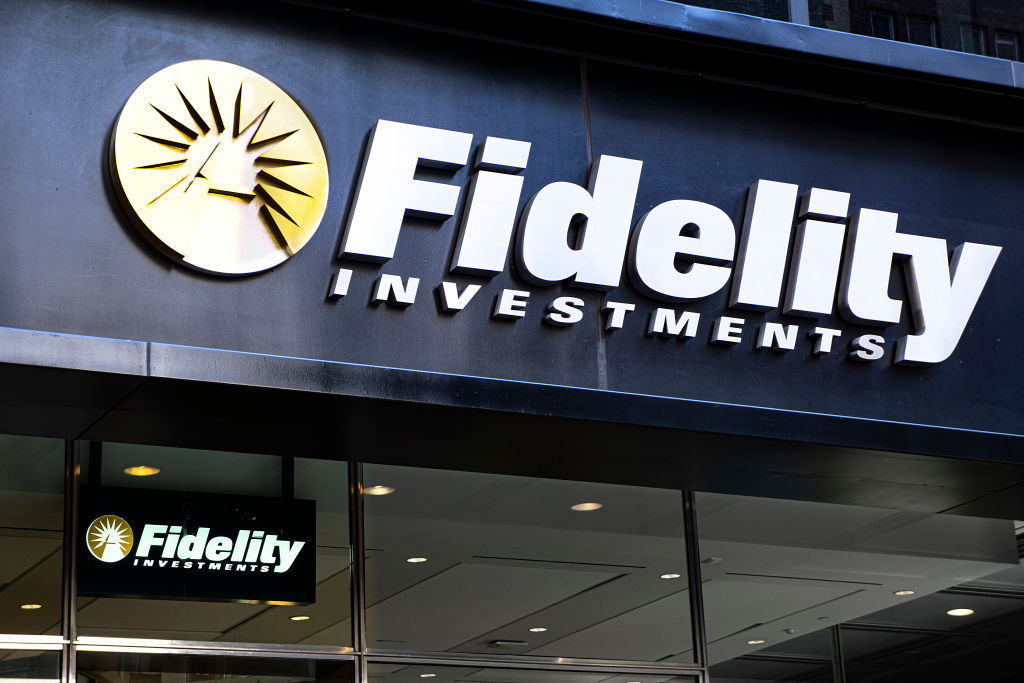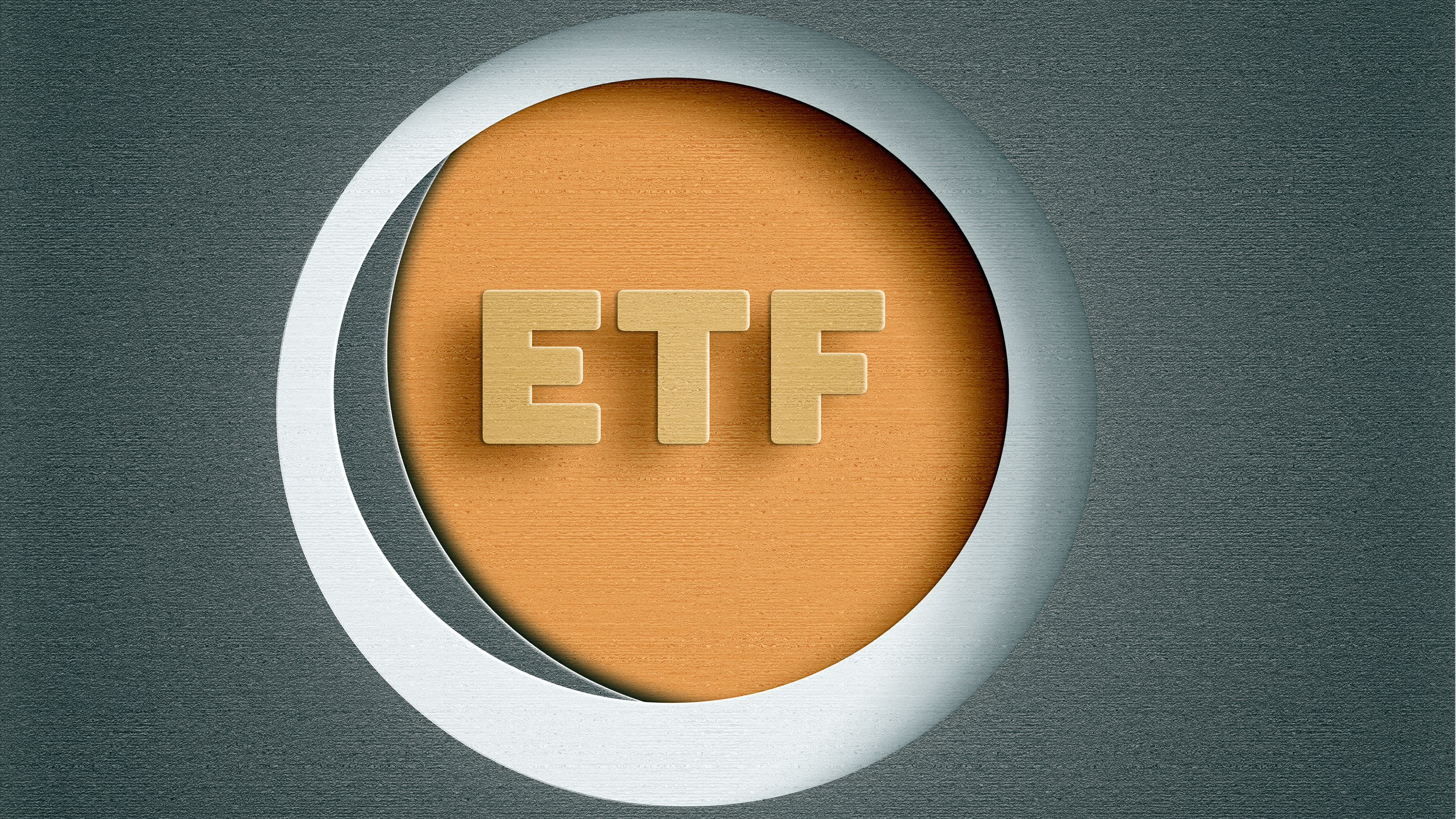Balanced Funds Help Investors Weather Stormy Markets
Vanguard Star Fund takes a big bite of bonds to provide some calm.

If the prospect of a decline in the stock market keeps you up at night, owning a "balanced" mutual fund that splits assets between stocks and bonds may help you get more shut-eye. These funds can't keep up with stocks in a bull market, but they tend to lose less when stocks decline. In 2008, when Standard & Poor's 500-stock index surrendered 37%, funds that allocate 50% to 70% of assets to stocks, with the remainder in bonds, lost just 28% on average.
Because these funds rebalance assets to a set allocation, they can help take emotion out of investing. For investment minimalists, these funds can serve as all-in-one portfolios.
Investors looking to take some of the edge off a stock-heavy portfolio as well as add some diversification should consider Vanguard Star Fund (symbol VGSTX), which invests in 11 low-cost, actively managed Vanguard mutual funds. The fund typically invests about 60% of assets in stocks, with the rest in bonds. The three-fund bond portfolio focuses on investment-grade bonds with both short- and long-term maturities, as well as government-issued mortgage-backed securities. Star's eight stock funds invest in firms of different sizes and include growth-oriented and bargain-priced stocks both in the U.S. (about 66% of the stock portfolio) and abroad (about 33%).
From just $107.88 $24.99 for Kiplinger Personal Finance
Become a smarter, better informed investor. Subscribe from just $107.88 $24.99, plus get up to 4 Special Issues

Sign up for Kiplinger’s Free Newsletters
Profit and prosper with the best of expert advice on investing, taxes, retirement, personal finance and more - straight to your e-mail.
Profit and prosper with the best of expert advice - straight to your e-mail.
The fund rebalances to its 60-40 allocation on an ongoing basis, and the 11 funds have held the same weighting in the portfolio since 2010, when Vanguard upped the fund's international stock exposure from 15% to 20%. With the exception of the Vanguard Short-Term Investment Grade fund, all of Star's underlying funds are run by at least one manager from outside Vanguard. Last year, two of the firms managing the small-cap Vanguard Explorer fund were jettisoned in favor of a team from ClearBridge Investments.
Unlike many funds that invest in other mutual funds, Star charges investors only the expenses of its underlying holdings. At 0.32%, the fund's expense ratio falls well below the 0.89% charged by the average balanced fund. Including 2018 (through mid March), Star has beaten the return of its average peer in eight of the past nine calendar years.
Profit and prosper with the best of Kiplinger's advice on investing, taxes, retirement, personal finance and much more. Delivered daily. Enter your email in the box and click Sign Me Up.

Ryan joined Kiplinger in the fall of 2013. He wrote and fact-checked stories that appeared in Kiplinger's Personal Finance magazine and on Kiplinger.com. He previously interned for the CBS Evening News investigative team and worked as a copy editor and features columnist at the GW Hatchet. He holds a BA in English and creative writing from George Washington University.
-
 Is Your Emergency Fund Running Low? Here's How to Bulk It Up
Is Your Emergency Fund Running Low? Here's How to Bulk It UpIf you're struggling right now, you're not alone. Here's how you can identify financial issues, implement a budget and prioritize rebuilding your emergency fund.
-
 Guide to How All-Assets Planning Offers a Better Retirement
Guide to How All-Assets Planning Offers a Better RetirementAn "all-asset" strategy would integrate housing wealth and annuities with traditional investments to generate more income and liquid savings for retirees.
-
 Forget FIRE: Why ‘FILE’ Is the Smarter Move for Child-Free DINKs
Forget FIRE: Why ‘FILE’ Is the Smarter Move for Child-Free DINKsHow shifting from "Retiring Early" to "Living Early" allows child-free adults to enjoy their wealth while they’re still young enough to use it.
-
 The 5 Best Actively Managed Fidelity Funds to Buy and Hold
The 5 Best Actively Managed Fidelity Funds to Buy and Holdmutual funds Sometimes it's best to leave the driving to the pros – and these actively managed Fidelity funds do just that, at low costs to boot.
-
 The 12 Best Bear Market ETFs to Buy Now
The 12 Best Bear Market ETFs to Buy NowETFs Investors who are fearful about the more uncertainty in the new year can find plenty of protection among these bear market ETFs.
-
 Don't Give Up on the Eurozone
Don't Give Up on the Eurozonemutual funds As Europe’s economy (and stock markets) wobble, Janus Henderson European Focus Fund (HFETX) keeps its footing with a focus on large Europe-based multinationals.
-
 Vanguard Global ESG Select Stock Profits from ESG Leaders
Vanguard Global ESG Select Stock Profits from ESG Leadersmutual funds Vanguard Global ESG Select Stock (VEIGX) favors firms with high standards for their businesses.
-
 Kip ETF 20: What's In, What's Out and Why
Kip ETF 20: What's In, What's Out and WhyKip ETF 20 The broad market has taken a major hit so far in 2022, sparking some tactical changes to Kiplinger's lineup of the best low-cost ETFs.
-
 ETFs Are Now Mainstream. Here's Why They're So Appealing.
ETFs Are Now Mainstream. Here's Why They're So Appealing.Investing for Income ETFs offer investors broad diversification to their portfolios and at low costs to boot.
-
 Do You Have Gun Stocks in Your Funds?
Do You Have Gun Stocks in Your Funds?ESG Investors looking to make changes amid gun violence can easily divest from gun stocks ... though it's trickier if they own them through funds.
-
 How to Choose a Mutual Fund
How to Choose a Mutual Fundmutual funds Investors wanting to build a portfolio will have no shortage of mutual funds at their disposal. And that's one of the biggest problems in choosing just one or two.